“Wow, I can’t believe how cone beam 3-D imaging has changed the way we practice.” That’s a strong statement coming from a technology geek with access to all sorts of new dental gadgets. Three-dimensions have brought me opportunities I would not have with 2-D —improving and expanding my options and facilitating successful treatment.
A cone-beam scan captures an image using up to 10 times less radiation than medical CT scans. My medium field-of view scanner (Gendex GXCB-500) takes 8.9 seconds to capture and 20 seconds to reconstruct.
That means less time wasted at a hospital or imaging center for my patients and no waiting for the results for me.
My in-office system bypasses the delay in implementing a viable treatment plan for my patients.
Cone-beam imaging has pushed my practice into an exciting new era of opportunity. A 3-D scan takes the guesswork out of implants, presenting a view of nerve canals and bone structure, plus it has the ability to slice the scan, rotate, zoom in and check the area from any angle.
It gives me the chance to educate my patients through visualization, as well.
During the past 15 years, I have collaborated with many other specialists on implants without this technology. Before 3-D brought more dimension to my practice, I was constantly searching for ways to make unacceptable surgical cases (for surgery I sent out) into acceptable restorative cases.
Without a 3-D scan, chances for error abound — implant placement that is non-parallel, too lingual, too buccal, too close together or implants placed in sinuses or in inadequate bone — even when I referred cases to well-known and respected surgeons.
Three dimensions increases predictability, and implant-planning software makes the process even more exact. I use a scan for the fabrication of a stent to guide me to implant success. Being able to place implants exactly, precisely where I want them, eliminates the fear that treatment will do more harm than good.
Cone beam bestows complete confidence that the implants are exactly where I planned them and that translates to greater treatment acceptance and trust from my patients.
Besides showing me what I can do, the scans also show me what I can’t do. As a general dentist, a 3-D scan gives me a clear picture of my limitations. I can predict what I feel comfortable tackling in the office and what I need to send to a specialist. When I refer my patients, I copy the scan and the imaging software onto a CD to share the benefits with my colleagues.
Besides implants, my repertoire now includes sleep apnea conditions, TMD and neuromuscular full-mouth reconstruction.
With scans, the educational opportunities are immense. I can take a pre-op scan to check the oral pharynx. Then, when I place the appliance in the mouth, I can show the patients their airway opening.
This impresses the patients and builds my reputation as a technology-savvy practitioner.
Implants and restorations are two of the hottest procedures now and are within the grasp of the general dentist.
To do a good job, we must have the full picture. Don’t be afraid of failure — the old saying that “you don’t know what you don’t know” is very true.
Cone-beam imaging gives me more control over what I know, what I can aspire to and what I can accomplish. It has improved my awareness, and it has brought depth and dimension to my practice.
Abut the author
Dr Derek Fine graduated from the University of Medicine and Dentistry of New Jersey in 1987 and has been in private practice for 18 years with Alan Steiner, DMD, in Denville, NJ, USA. He is a fellow of the Academy of General Dentistry and a member of the Academy of Laser Dentistry, the Academy of Comprehensive Esthetics, the American Dental Association and the Tri-County Dental Society. He has completed advanced training in neuromuscular dentistry and occlusion at the Las Vegas Institute for Advanced Dental Studies. Contact him at dfine8@mac.com.
What may appear somewhat paradoxical at first turns out to be rather logical when viewed more closely. In order to enable the practitioner to perform sub- ...
ATLANTA, USA: The benefits of a 3-D cone-beam dental digital imaging unit are many—a more accurate diagnosis and treatment plan for a more predictable...
BOSTON, US: In the US, dental care remains largely excluded from medical insurance and separated from public health initiatives that promote prevention. A ...
Following what seemed to be a root canal failure in tooth No. 14 based on clinical and radiographic diagnosis with a conventional two-dimensional periapical...
As a patient, I expect the best care I can find. As a doctor, I want to deliver the best care possible. That takes us to the power of continuing education, ...
DOYLESTOWN, Pa., USA One out of three Americans admits to being nervous about seeing the dentist and nearly half consider dental visits a “necessary ...
In the following case, the CEREC 3D system (software version 3.65) and its one-appointment capabilities played an essential part in the treatment. The ...
Three providers. Three paths. Three different destinations each is searching for. Ten years ago, an orthodontist looking to expand their patient base, a DSO...
The removal of biofilm deposits from within the periodontal pocket is recognized as being fundamental in reducing bacterial burden and down regulating the ...
J. Morita, a world leader in imaging technology, has announced a major reduction in X-ray dosage of its cone beam (or 3D) X-ray units. Morita’s 3D ...
Live webinar
Wed. 14 January 2026
12:00 PM EST (New York)
Dr. Théo Laplane, Dr. Robert Gottlander DDS
Live webinar
Fri. 16 January 2026
12:00 PM EST (New York)
Live webinar
Mon. 19 January 2026
1:00 PM EST (New York)
Philipp Kopp, Michael Seeber
Live webinar
Thu. 22 January 2026
9:00 AM EST (New York)
Prof. Judith Jones D.D.S; M.P.H., Prof. Kakuhiro Fukai D.D.S., Ph.D, Dr. Bathsheba (Bethy) Turton
Live webinar
Thu. 22 January 2026
2:00 PM EST (New York)
Dr. Nicola M. Grande DDS, PhD
Live webinar
Wed. 28 January 2026
8:00 AM EST (New York)
Live webinar
Wed. 28 January 2026
11:00 AM EST (New York)
Prof. Dr. Jan-Frederik Güth



 Austria / Österreich
Austria / Österreich
 Bosnia and Herzegovina / Босна и Херцеговина
Bosnia and Herzegovina / Босна и Херцеговина
 Bulgaria / България
Bulgaria / България
 Croatia / Hrvatska
Croatia / Hrvatska
 Czech Republic & Slovakia / Česká republika & Slovensko
Czech Republic & Slovakia / Česká republika & Slovensko
 France / France
France / France
 Germany / Deutschland
Germany / Deutschland
 Greece / ΕΛΛΑΔΑ
Greece / ΕΛΛΑΔΑ
 Hungary / Hungary
Hungary / Hungary
 Italy / Italia
Italy / Italia
 Netherlands / Nederland
Netherlands / Nederland
 Nordic / Nordic
Nordic / Nordic
 Poland / Polska
Poland / Polska
 Portugal / Portugal
Portugal / Portugal
 Romania & Moldova / România & Moldova
Romania & Moldova / România & Moldova
 Slovenia / Slovenija
Slovenia / Slovenija
 Serbia & Montenegro / Србија и Црна Гора
Serbia & Montenegro / Србија и Црна Гора
 Spain / España
Spain / España
 Switzerland / Schweiz
Switzerland / Schweiz
 Turkey / Türkiye
Turkey / Türkiye
 UK & Ireland / UK & Ireland
UK & Ireland / UK & Ireland
 International / International
International / International
 Brazil / Brasil
Brazil / Brasil
 Canada / Canada
Canada / Canada
 Latin America / Latinoamérica
Latin America / Latinoamérica
 China / 中国
China / 中国
 India / भारत गणराज्य
India / भारत गणराज्य
 Pakistan / Pākistān
Pakistan / Pākistān
 Vietnam / Việt Nam
Vietnam / Việt Nam
 ASEAN / ASEAN
ASEAN / ASEAN
 Israel / מְדִינַת יִשְׂרָאֵל
Israel / מְדִינַת יִשְׂרָאֵל
 Algeria, Morocco & Tunisia / الجزائر والمغرب وتونس
Algeria, Morocco & Tunisia / الجزائر والمغرب وتونس
 Middle East / Middle East
Middle East / Middle East






























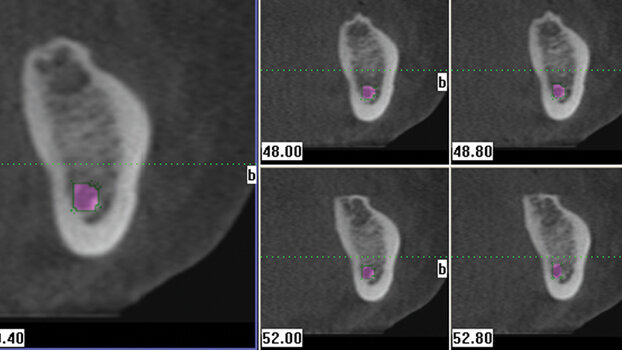



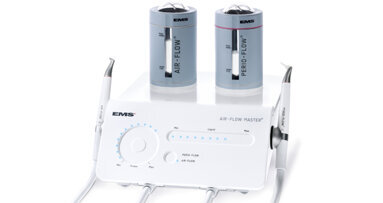
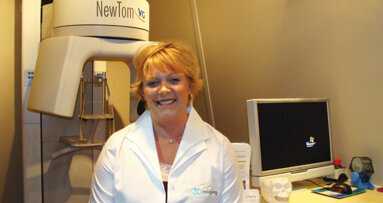
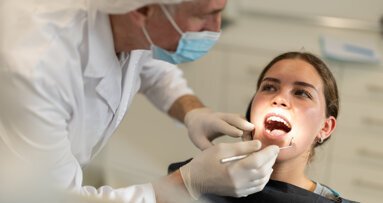
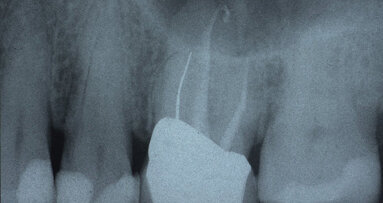

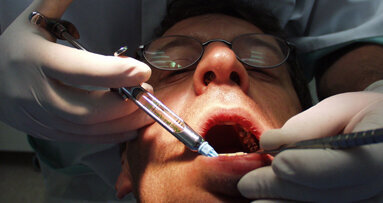
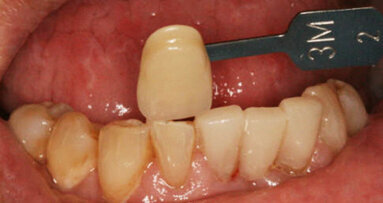
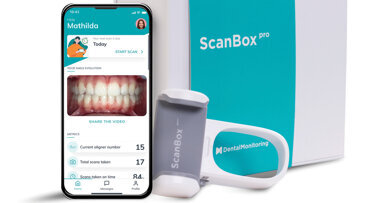
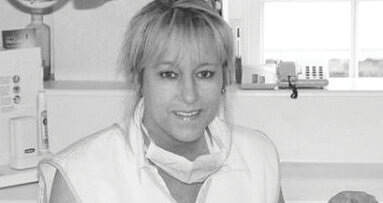
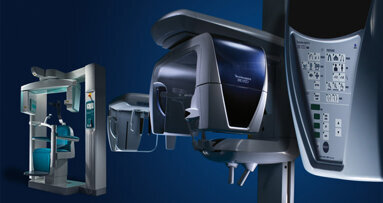

















To post a reply please login or register